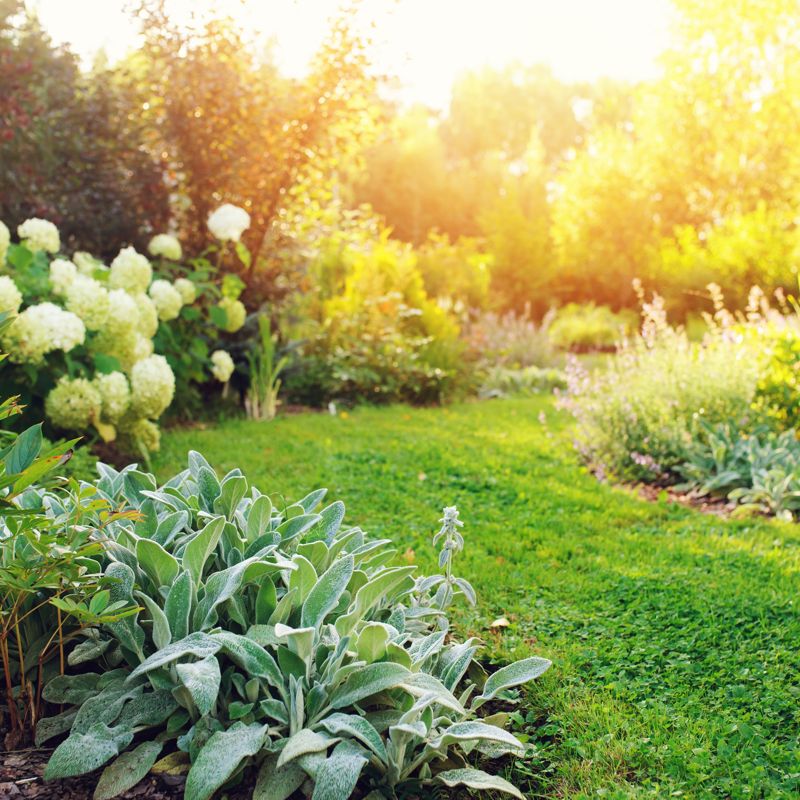Everyone dreams of having a lush, green lawn that is the envy of the neighborhood. A key component of achieving this goal is proper lawn aeration. Aeration helps improve the health of your grass by allowing air, water, and nutrients to penetrate the soil more easily. In this ultimate guide, we will walk you through the various aeration techniques, tools, and timing tips to help you achieve that picture-perfect lawn.
Why Is Lawn Aeration Important?
Lawn aeration is the process of creating small holes in the soil to allow air, water, and nutrients to penetrate the grass roots. This helps the roots grow deeply and produce a stronger, more vigorous lawn.
The main reasons to aerate your lawn are:
- Compacted soil: Over time, soil can become compacted, making it difficult for grass roots to grow and absorb nutrients. Aeration helps to break up the compacted soil, allowing the roots to expand and take in more nutrients.
- Thatch buildup: Thatch is a layer of dead grass, roots, and debris that accumulates on the surface of the soil. Aeration helps to break up thatch, allowing water and nutrients to reach the grass roots.
- Improved water absorption: Aeration allows water to penetrate deeper into the soil, reducing runoff and promoting deeper root growth.
Aeration Techniques for Every Type of Grass
There are several techniques for aerating your lawn, each with its own set of advantages and disadvantages. The best technique for your lawn will depend on the type of grass you have and the specific needs of your soil.
Here are the most common aeration techniques:
- Core aeration: This is the most common and effective method of aeration. It involves removing small plugs of soil from the lawn using a core aerator.
- Spike aeration: This method involves poking holes in the soil using a spike aerator. While this method is less effective than core aeration, it may be suitable for lawns with warm-season grasses,
- Liquid aeration: This technique involves spraying a liquid solution on your lawn that helps to break up compacted soil and improve water absorption. Liquid aeration is less effective than mechanical aeration methods, but it can be a good option for homeowners who are unable to use a core or spike aerator.
Choosing the Right Aerator for Your Lawn
There are several types of lawn aerators available, each with its own advantages and disadvantages.
Here are the most common types:
- Manual aerators: These are simple, handheld tools that you push into the ground to create holes. They are best for small lawns or spot treatments.
- Push aerators: These are similar to manual aerators, but they are mounted on wheels and pushed like a lawn mower. They are best for small to medium-sized lawns.
- Tow-behind aerators: These are large, heavy-duty aerators that attach to a lawn tractor or riding mower. They are best for large lawns or professional use.
Timing Your Lawn Aeration
The best time to aerate your lawn depends on the type of grass you have:
- Cool-season grasses: Aerate in the fall when the grass is actively growing.
- Warm-season grasses: Aerate in the late spring or early summer, after the grass has greened up and is actively growing.
Remember, proper lawn aeration is essential for achieving a lush, healthy lawn. If you're unsure about the best aeration techniques for your specific type of grass or need help with the process, consider hiring a professional lawn care service like Perm-O-Green to ensure your lawn gets the care it needs. Our expert team can help you transform your lawn into the envy of the neighborhood. Contact us today at (800) 903-1460 for a free estimate!
